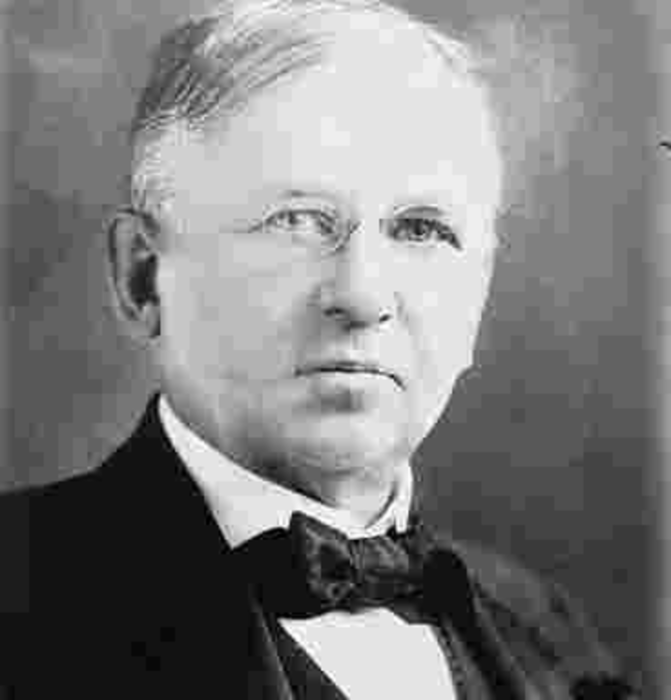John Wanamaker had no idea. The department store magnate’s turn of the (20th) Century musing about not knowing which half of his advertising was wasted is the most trotted-out line in marketing. It may well have been the original rallying cry of direct marketers. Truth is, Johnny-boy didn’t know how good he had it. At least he could pick up a newspaper or look at a billboard, see visual evidence of his misdirected spend, and think that maybe it’d make brand impressions that would ring his register down the road. But in the Digital Age, when ads—even supposedly targeted ads—are pixels on screens that dance to a tune composed by individual customers on electronic keyboards, impressions and clicks and even conversions may not be what they seem. In some cases, online display ads may be the equivalent—in Wanamaker’s day—of ads pasted on the back sides of billboards.
It was in December of 2010 that Penry Price, president of digital agency Media6Degrees, became sure that something was rotten in the state of online advertising. Price had headed Google’s 750-person ad sales force before joining M6D—hardly a display-ad rookie. But suddenly big and experienced clients began demanding results he couldn’t deliver. They were running campaigns with publishers that were resulting in incremental clicks and conversions in the double digits, and they wanted Price and his outfit to get up to snuff.
“There were these 200 or so URLs that had a lot of traffic. They were, out of nowhere, becoming these giant publishers,” Price recalls. “These sites would have [visitor] overlap with women’s health, men’s apparel, and Chinese gaming. Now, 50 to 55 percent is high overlap. You’d find that with something like New York Times and YouTube. These had overlap into the 90-percent range, and that’s just not possible.”
Price knew that it was hackers, but he had never before seen them this prolific. And their reach and acumen grew. By the summer of 2012, Price and his colleagues at M6D estimated that 30 to 40% of Web ad traffic was going to robotic websites, or bots. That, Mr. Wanamaker, would be like flushing a third of your ad budget down the toilet and getting results from 50% of the leftover 66%. Your 21st Century lament would begin, “Two thirds of my ad budget is wasted…”
Today Price and John Battelle, executive chairman of Federated Media and one of the founding editors of Wired, will meet in San Francisco with 22 other digital advertising luminaries. Together, they will lay down the founding values and procedures of the Traffic of Good Intent task force, whose mission clearly is to battle the evil forces whose intent is to foist bad traffic upon unsuspecting marketers. For inspiration, they could forget John Wanamaker. It’s John “Black Jack” Pershing—the only “General of the Armies”—who’d be better suited to leading the offensive against these hard-to-snare hackers.
“There are three reasons why this has gotten so out of hand,” Price says. “One is that digital advertising has gotten to the level where the economics finally make sense for lots of bad guys to get into it. The other thing is that it’s a very fragmented environment in which it’s easy for them to hide.”
The third factor is the growing popularity of retargeting—in which an e-com’s display ad follows a customer around on Web journey after he’s left the e-com’s site without purchasing. Retargeting has become the hackers’ favorite playground.
The hackers create fake websites and fill them with content, then populate them with sham visitors. To the naked eye of even veteran marketers and agencies they look legit, and their rates are more than reasonable. They’ll have their robotic Web surfers visit, say, a credit card website, poke around a little, then leave. They then go directly to a sister sinister site—or 10 or 100 or 1,000 of them—and the credit card company flocks after them with display ads. The bots will open some ads and even, with fake customer information, make some conversions.
“Some of these guys will load a thousand pages behind this that no one ever sees,” Price says. “Certain cookies in ad exchanges will have 5,000 ad calls behind that cookie. It can’t be real.”
But though the players in digital advertising know full well what’s going on, it’s hard for them to stop it. Hacking is a global pursuit, making the perpetrators hard to nail down. And even when nailed, few have ever been brought to justice, because there are no legal precedents with which to charge them. It’s not illegal to publish a website and sell ads to willing customers.
So good luck to those with good intentions in San Francisco today. Maybe they should hang portraits of both Pershing and Wanamaker in the boardroom.








